We offer a wide collection of free, high-quality printable coloring pages for kids and adults. From cute animals to intricate mandalas, our designs bring creativity and relaxation to everyone. Download, print, and start coloring today!
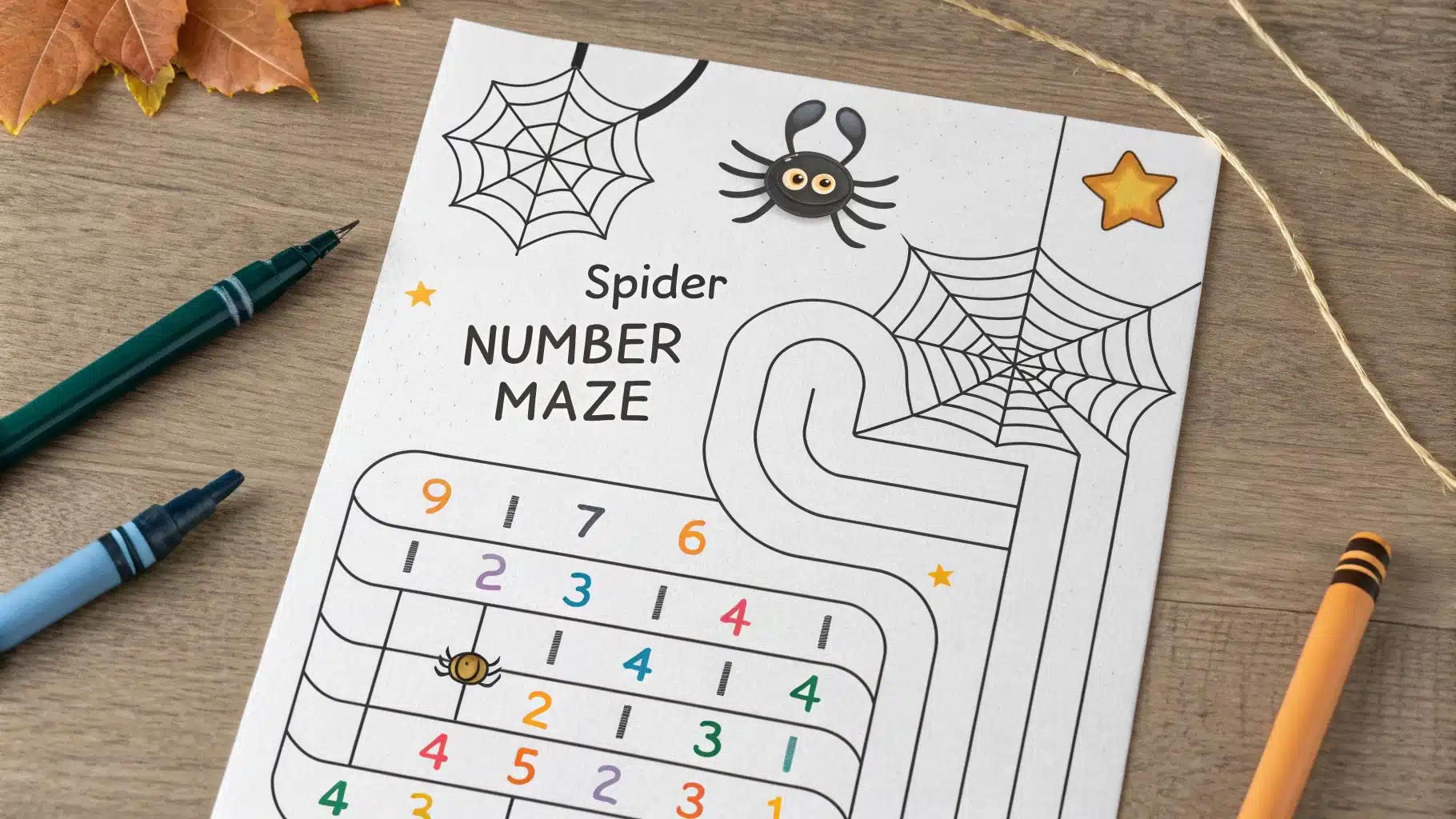
Table of Contents
Introduction
Spider number maze handwriting activities have become increasingly popular among educators, parents, and occupational therapists as an engaging way to teach children number recognition, counting skills, and handwriting development. These creative worksheets combine the excitement of solving mazes with the educational benefits of number practice, creating a multi-sensory learning experience that captures children’s attention while building essential academic skills.
What is Spider Number Maze Handwriting?
Spider number maze handwriting is an innovative educational activity that features spider-themed mazes where children must navigate from one number to another in sequential order. These activities typically involve tracing paths through web-like mazes while following numerical sequences, often from 1 to 6, 1 to 10, or even higher numbers depending on the child’s skill level.
The spider theme adds an element of fun and adventure to traditional number practice, making learning more engaging for young learners. Children must help a cartoon spider navigate through its web by following the correct numerical path, combining visual tracking, number recognition, and fine motor skills in one comprehensive activity.
Educational Benefits of Spider Number Maze Activities
Number Recognition and Sequencing Skills
One of the primary benefits of spider number maze handwriting is the development of number recognition skills. Children must identify each number along the path and understand the correct sequence to successfully complete the maze. This repetitive practice reinforces number recognition and helps establish a strong foundation for mathematical concepts.
The sequential nature of these mazes also teaches children about number order and counting patterns. As they trace from 1 to 6 or beyond, they internalize the natural progression of numbers, which is crucial for future mathematical learning.
Fine Motor Development
The tracing aspect of spider number mazes significantly contributes to fine motor skill development. As children carefully navigate the maze paths with their pencils or crayons, they strengthen the small muscles in their hands and fingers. This muscle development is essential for proper pencil grip, handwriting control, and overall dexterity.
The precise movements required to stay within the maze boundaries help children develop hand-eye coordination and spatial awareness, skills that transfer to many other activities including writing, drawing, and even sports.
Visual Tracking and Processing
Spider number mazes require children to visually scan the entire activity to locate the starting point, identify the next number in sequence, and plan their path accordingly. This visual processing strengthens cognitive skills and improves attention to detail, both crucial for academic success.
The maze format encourages children to look ahead and think strategically about their path, developing problem-solving skills and logical thinking abilities.
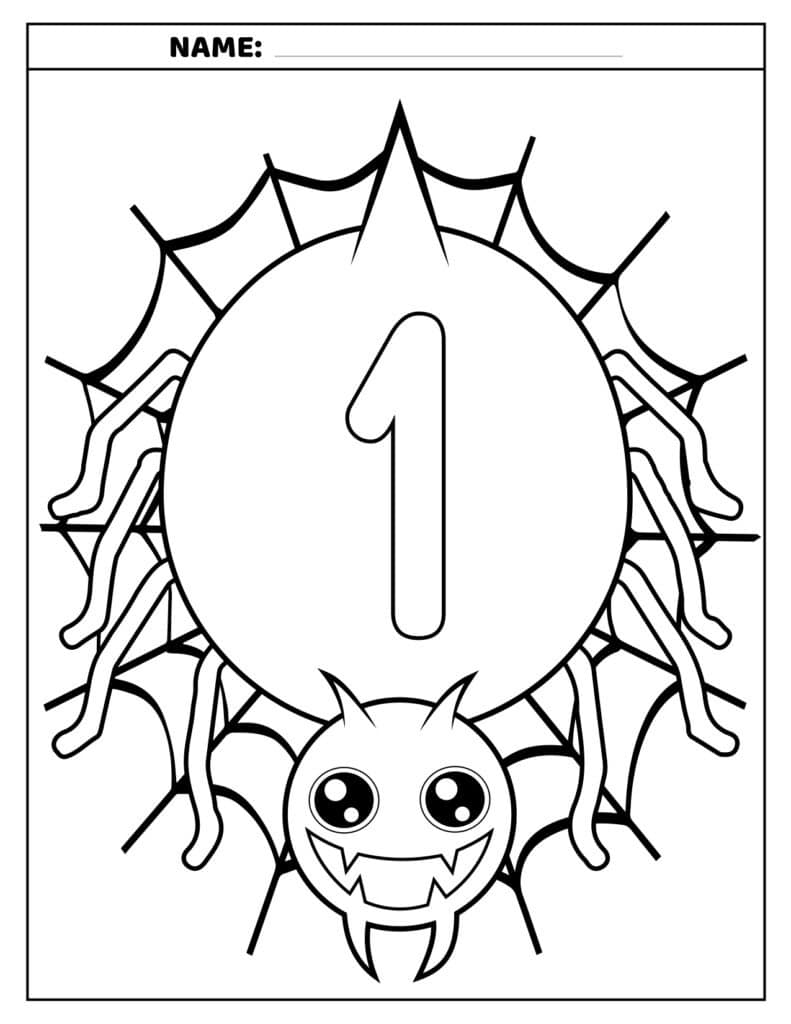
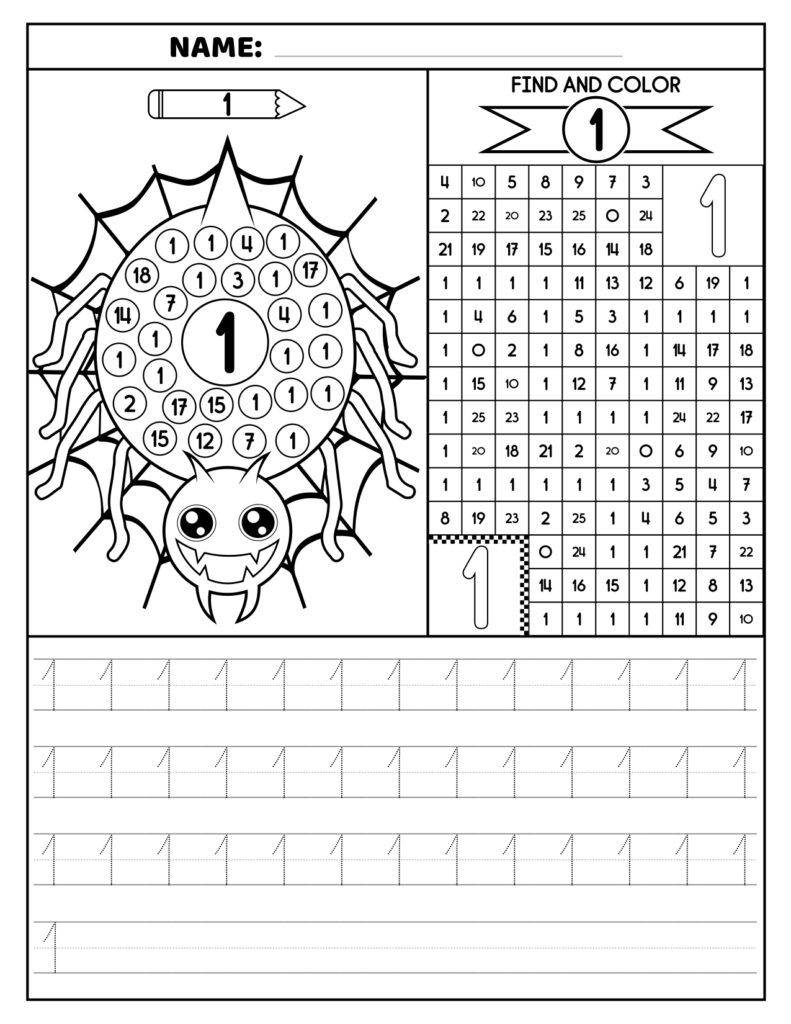
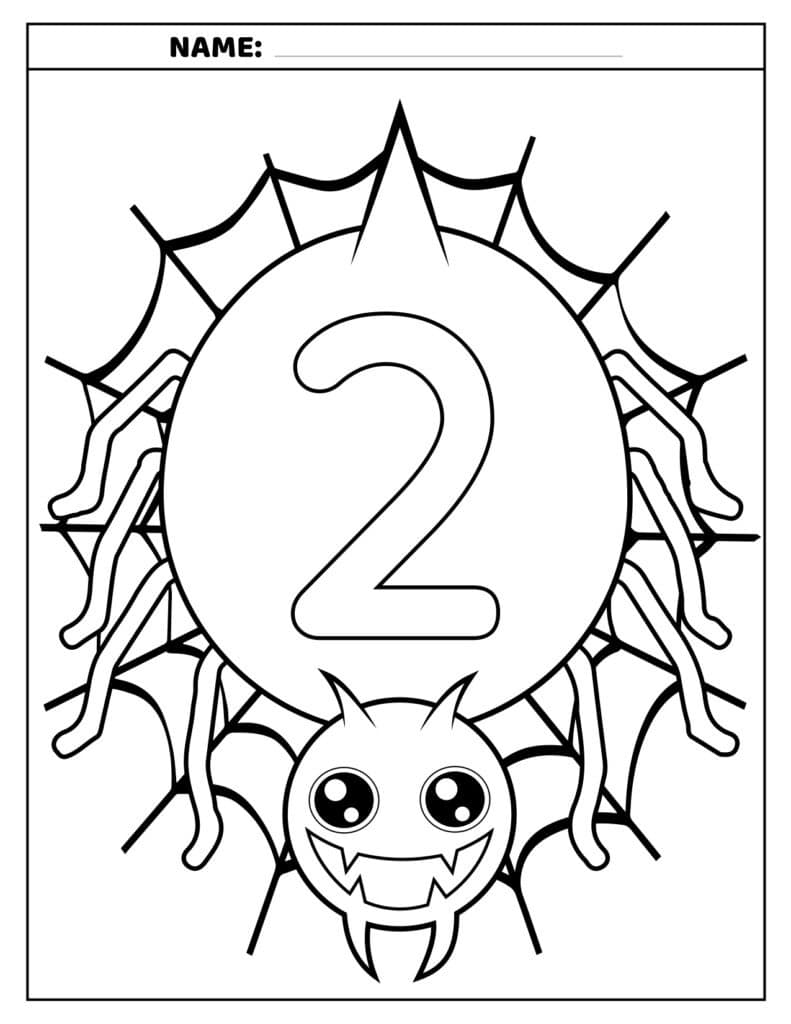
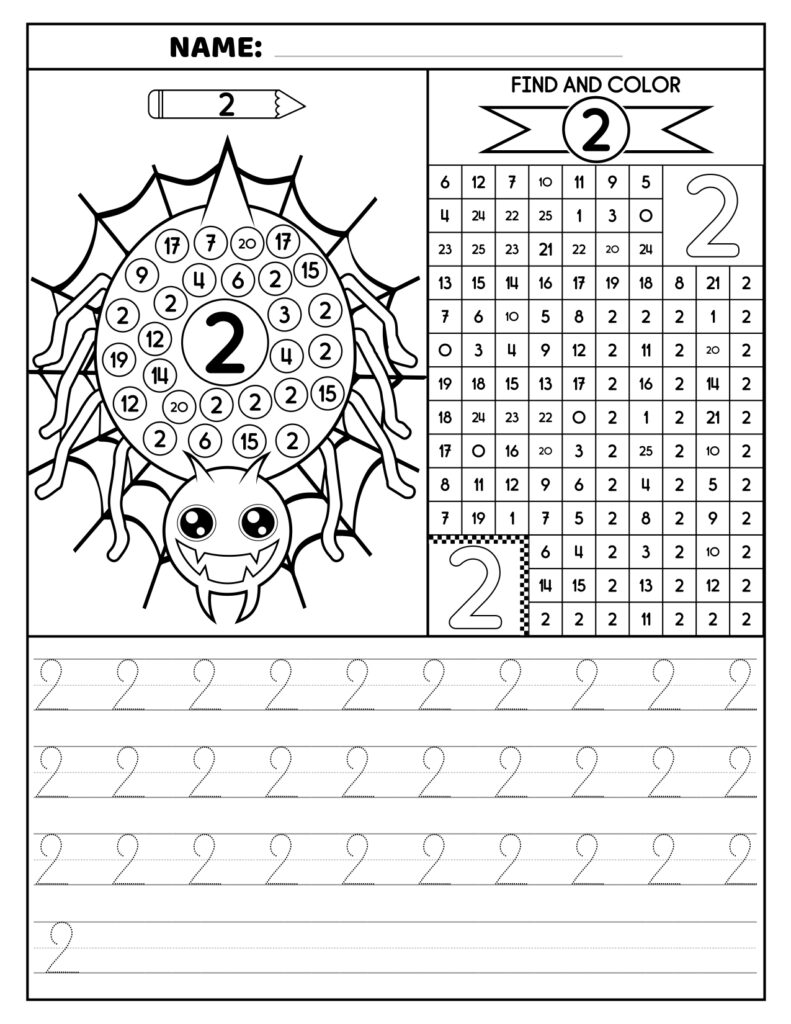
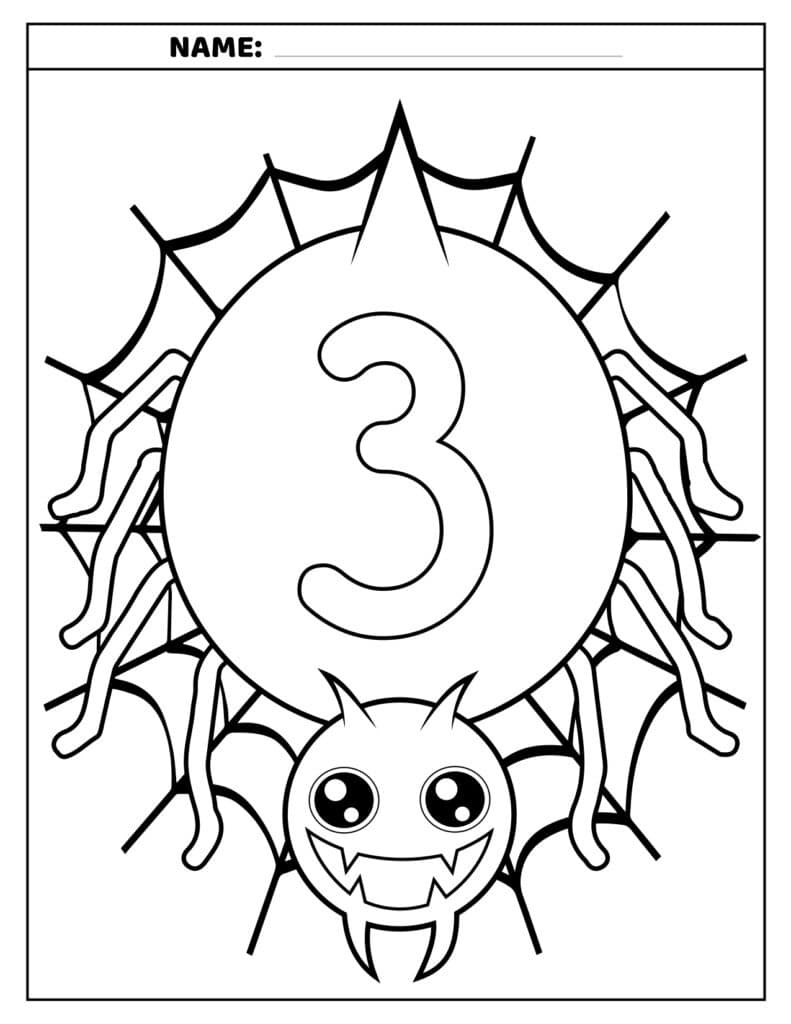
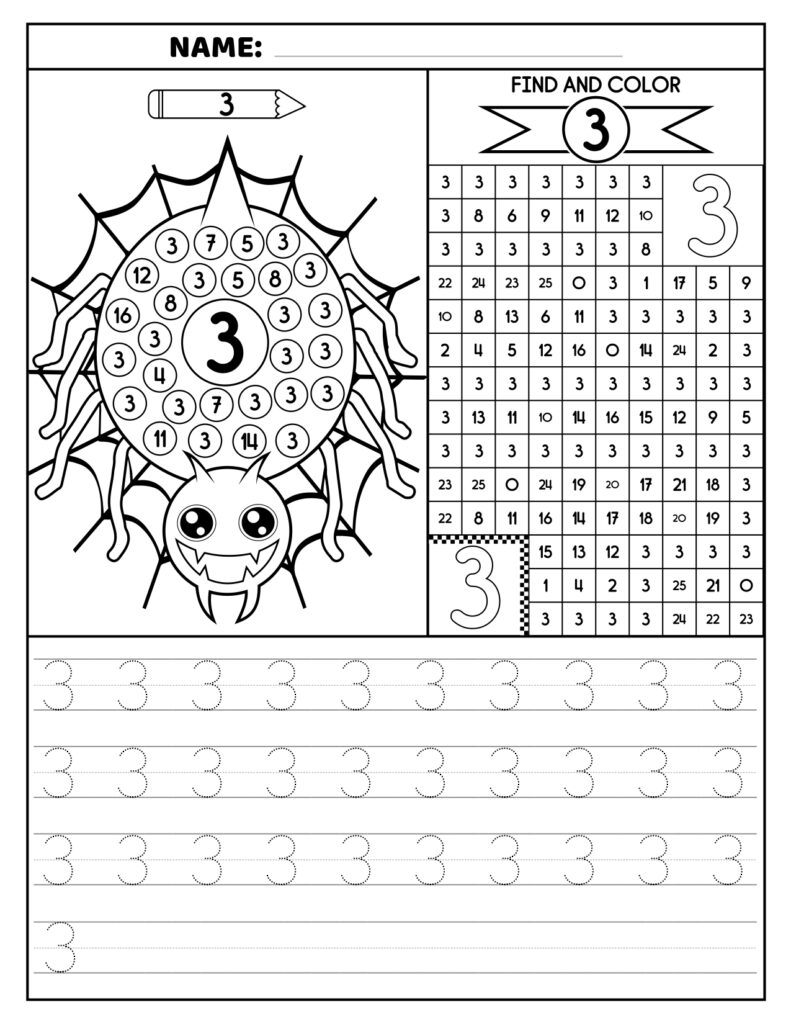
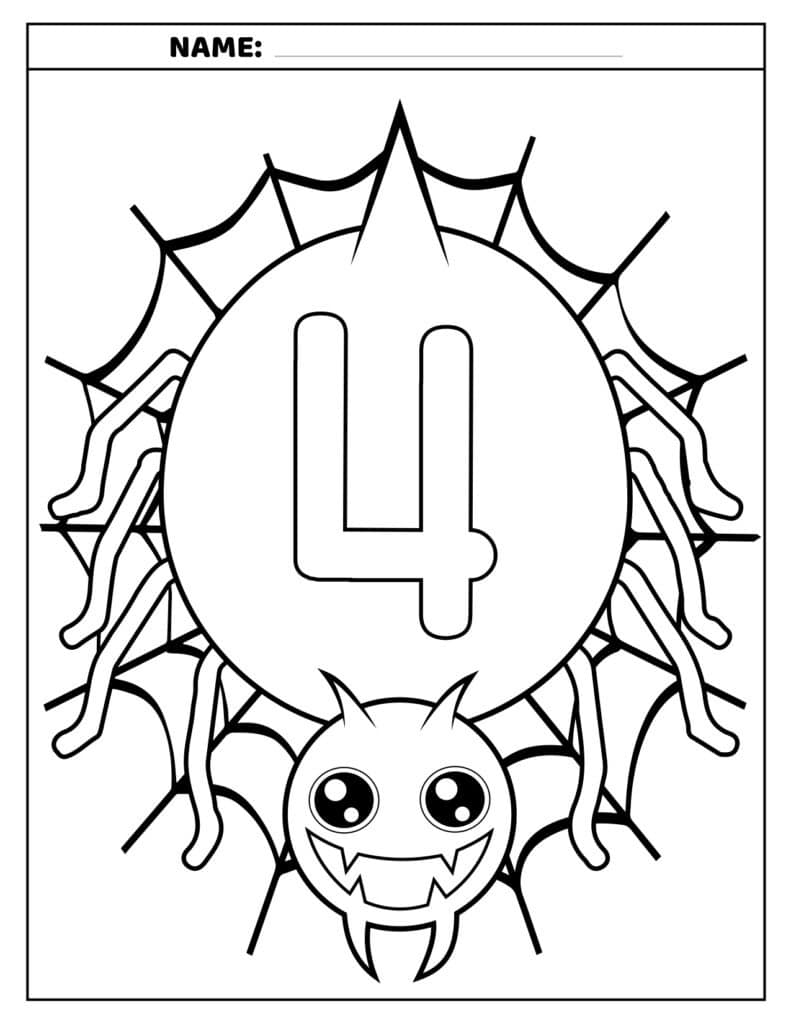
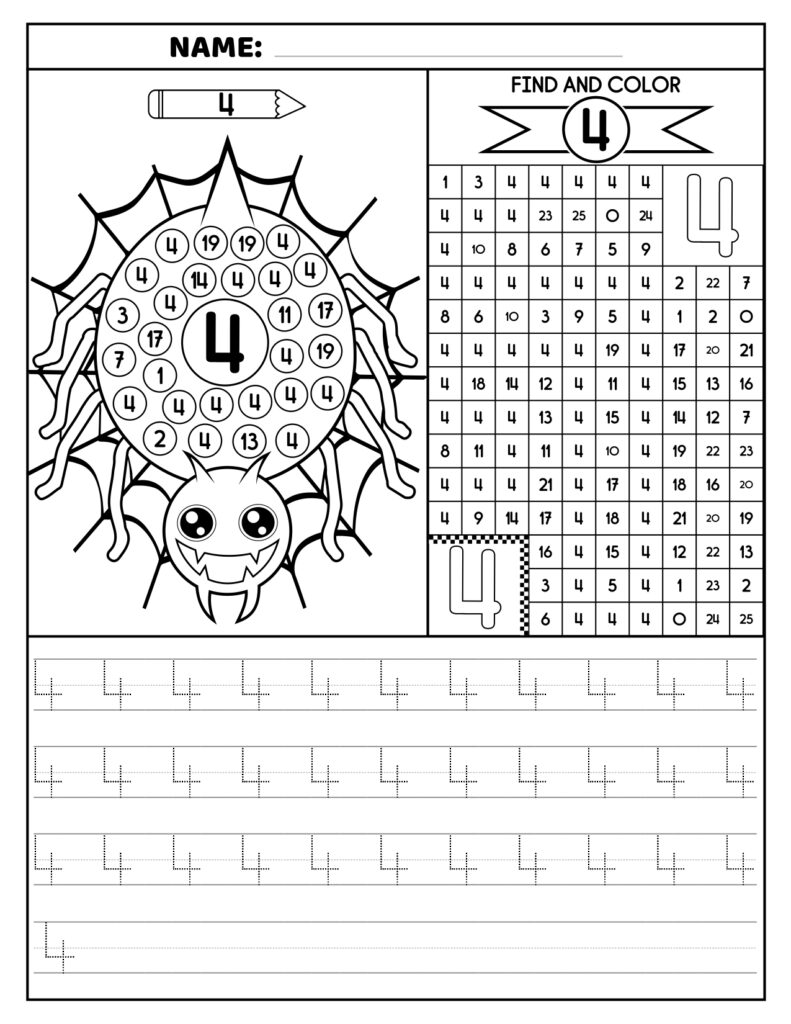

Age-Appropriate Variations and Difficulty Levels
Preschool Level (Ages 3-4)
For the youngest learners, spider number mazes typically feature large, clear numbers from 1 to 3 or 1 to 5. The maze paths are wide and straightforward, with minimal complexity to avoid frustration. Bright colors and simple spider illustrations make these activities visually appealing and age-appropriate.
Kindergarten Level (Ages 5-6)
Kindergarten-level spider mazes often include numbers 1 to 6 or 1 to 10, with slightly more complex pathways. These activities may incorporate basic addition concepts or skip-counting patterns to challenge growing mathematical understanding while maintaining the fun maze element.
Elementary Level (Ages 6-8)
Advanced spider number mazes for elementary students can include higher numbers, more intricate web designs, and additional challenges such as backward counting, odd/even number recognition, or simple mathematical operations along the path.
Implementation Strategies for Parents and Teachers
Classroom Integration
Teachers can incorporate spider number maze handwriting into various learning centers and activities. These worksheets work excellently as morning warm-up activities, math center rotations, or quiet time exercises. They can also be used as assessment tools to gauge students’ number recognition and fine motor development.
Home Learning Support
Parents can use spider number mazes as engaging homework activities or educational entertainment during quiet time. These activities provide screen-free learning opportunities that children can complete independently or with minimal adult supervision.
Special Education Applications
Occupational therapists and special education teachers often find spider number mazes particularly useful for children with learning differences or developmental delays. The multi-sensory approach addresses various learning styles while providing structured practice opportunities.
Creating Effective Spider Number Maze Activities
Design Principles
When creating or selecting spider number maze handwriting activities, consider the following design elements:
Clear Number Visibility: Numbers should be large enough for easy recognition and properly spaced throughout the maze.
Appropriate Path Width: Maze pathways should be wide enough for the target age group’s fine motor abilities while still providing appropriate challenge.
Engaging Illustrations: Colorful, friendly spider characters and web designs enhance visual appeal and maintain student interest.
Progressive Difficulty: Activities should gradually increase in complexity to match developing skills.
Customization Options
Spider number mazes can be easily customized to meet specific learning objectives or accommodate individual student needs. Teachers and parents can modify number ranges, adjust maze complexity, or add themed elements to align with current classroom topics or seasonal celebrations.
Technology Integration and Digital Options
Modern educational technology has expanded spider number maze options to include interactive digital versions. Tablet apps and computer programs offer animated spider characters, sound effects, and immediate feedback, appealing to tech-savvy learners while maintaining educational value.
Digital versions often include progress tracking features, allowing parents and teachers to monitor student development over time. However, traditional paper-based activities remain valuable for developing proper pencil grip and hand strength.
Assessment and Progress Monitoring
Spider number maze handwriting activities provide excellent opportunities for informal assessment. Teachers and parents can observe children’s number recognition speed, path-tracing accuracy, and problem-solving strategies to gauge learning progress.
Regular use of these activities allows for tracking improvements in fine motor control, attention span, and mathematical understanding over time. Documentation of completed mazes can serve as portfolio evidence of student growth and achievement.
Extending Learning Beyond the Maze
Cross-Curricular Connections
Spider number mazes can connect to various subject areas beyond mathematics. Science lessons about spiders and their habitats, art projects creating spider webs, or creative writing stories about friendly spiders can extend and enrich the learning experience.
Seasonal and Thematic Variations
Educators can adapt spider number mazes for different seasons and themes. Halloween-themed versions, garden spider activities for spring learning, or arctic spider mazes for winter units help maintain year-round engagement while reinforcing core skills.
Supporting Different Learning Styles
Visual Learners
The colorful, graphic nature of spider number mazes naturally appeals to visual learners. Clear number displays, pathway illustrations, and themed graphics provide visual cues that support learning and retention.
Kinesthetic Learners
The hands-on tracing activity engages kinesthetic learners who benefit from physical movement and tactile experiences. The act of drawing the path reinforces learning through muscle memory and physical engagement.
Auditory Learners
Teachers and parents can enhance spider number mazes for auditory learners by encouraging verbal counting, number naming, or storytelling about the spider’s journey through the maze.
Conclusion
Spider number maze handwriting activities represent an innovative and effective approach to early childhood education that combines entertainment with essential skill development. These engaging worksheets support number recognition, fine motor development, visual processing, and problem-solving skills while maintaining children’s interest through appealing themes and interactive elements.
Whether used in classroom settings, home learning environments, or therapeutic contexts, spider number mazes provide valuable learning opportunities that adapt to various skill levels and learning styles. As educators continue to seek engaging, multi-sensory teaching tools, spider number maze handwriting activities stand out as versatile resources that make learning both fun and effective.
By incorporating these activities into regular learning routines, parents and teachers can support children’s academic development while fostering positive attitudes toward mathematics and learning in general. The combination of educational value and entertainment makes spider number mazes an excellent addition to any comprehensive early childhood curriculum.





